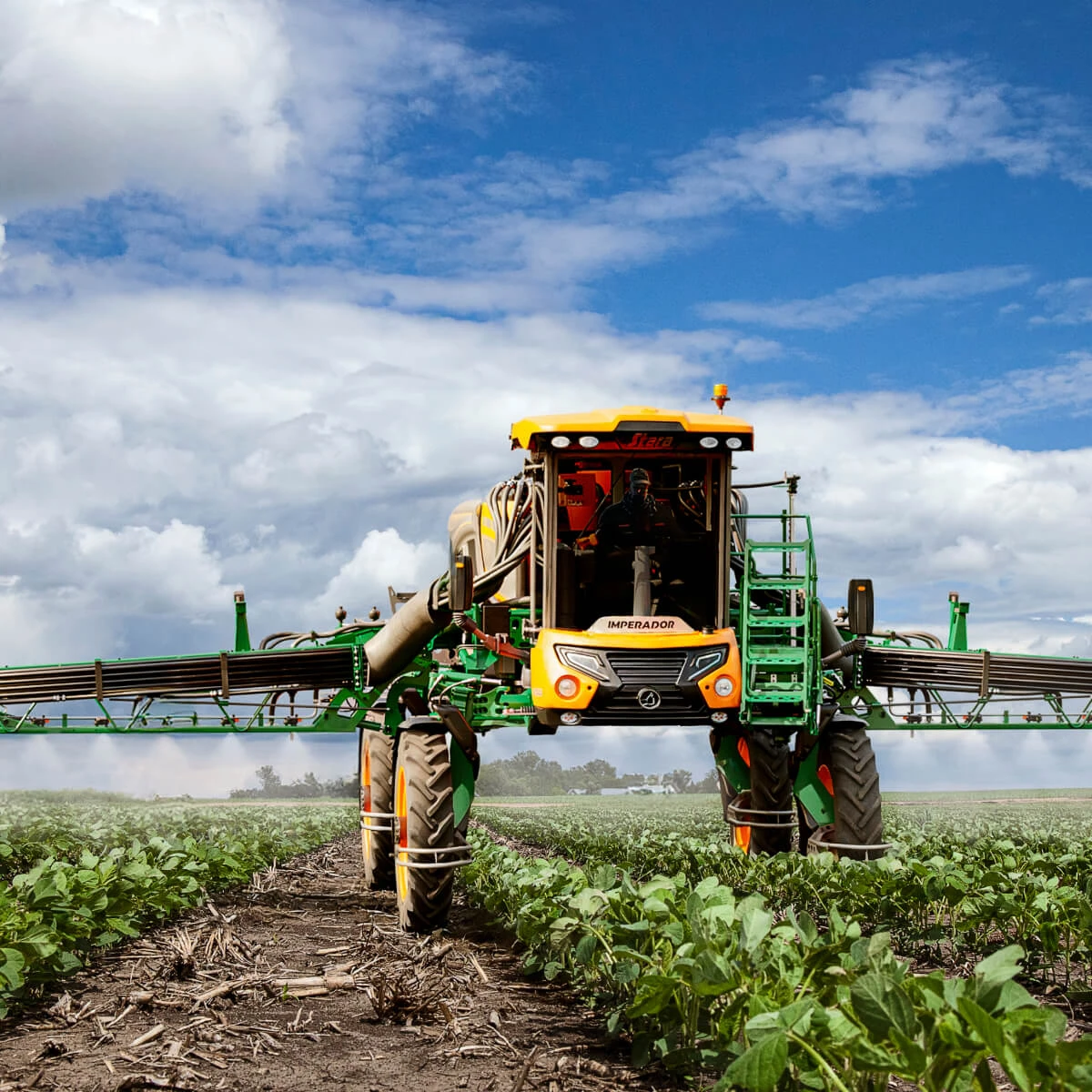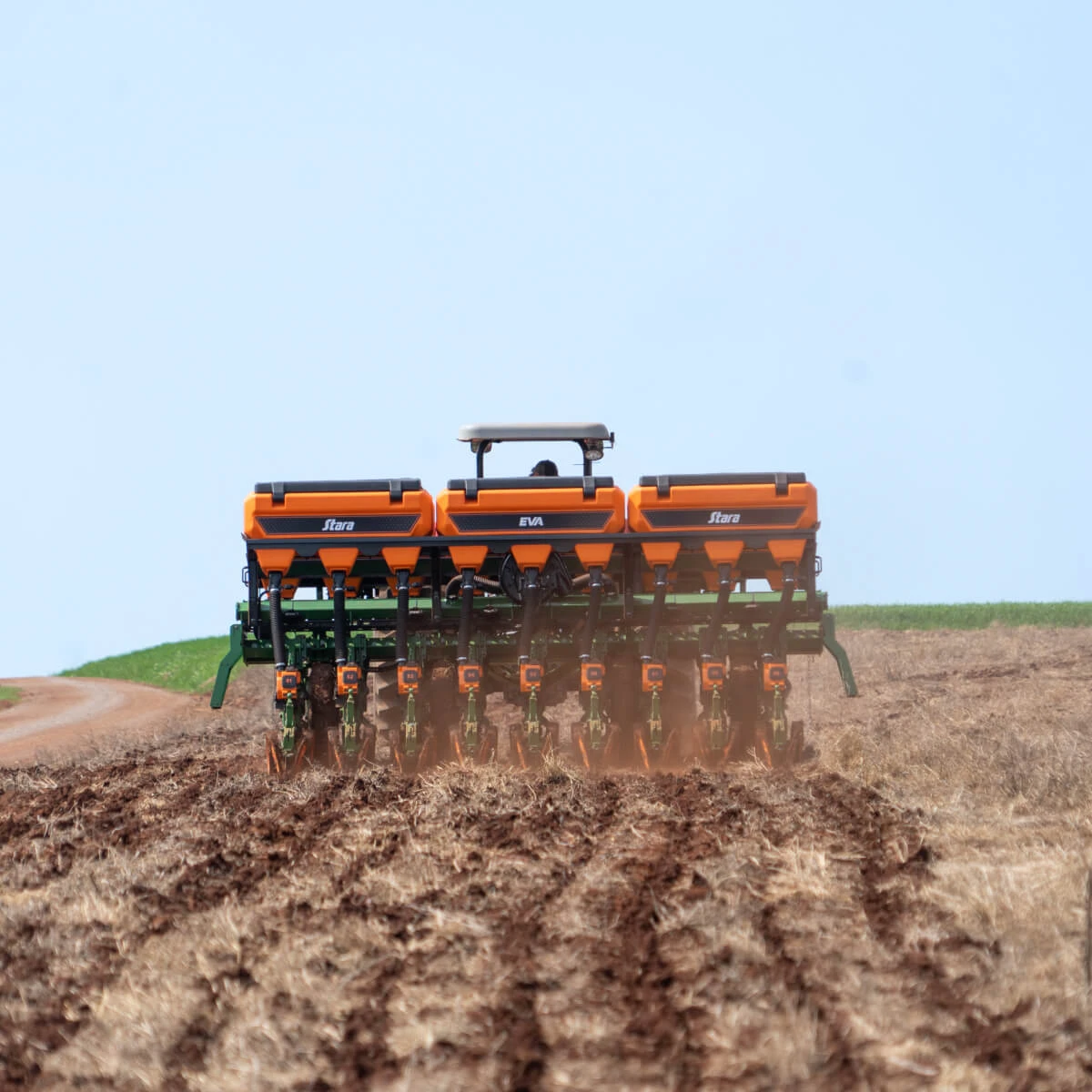Categories:
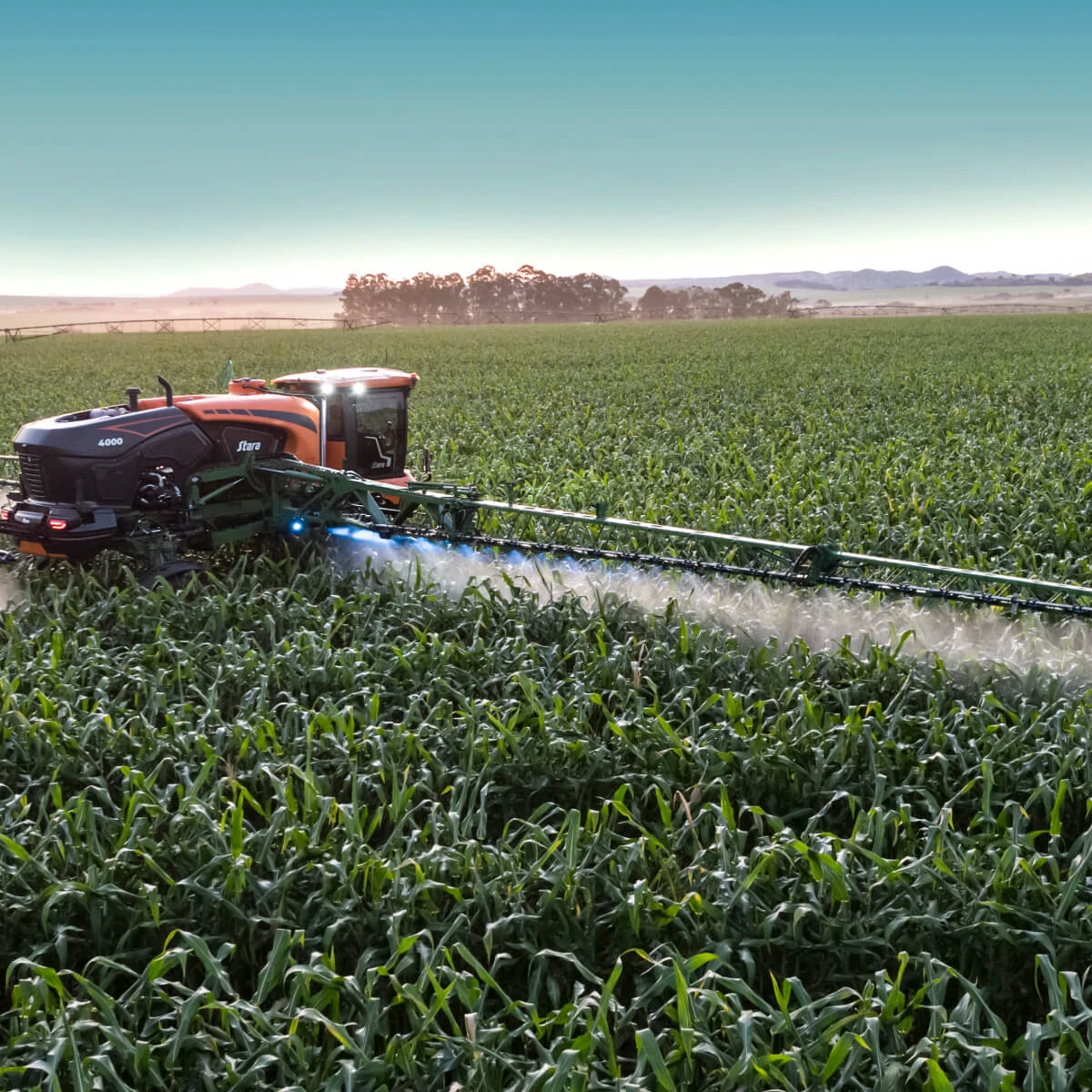
Hints and content
Sprayer to be used in a corn crop field: how to choose the perfect one?
8
MIN
31 Oct 2025
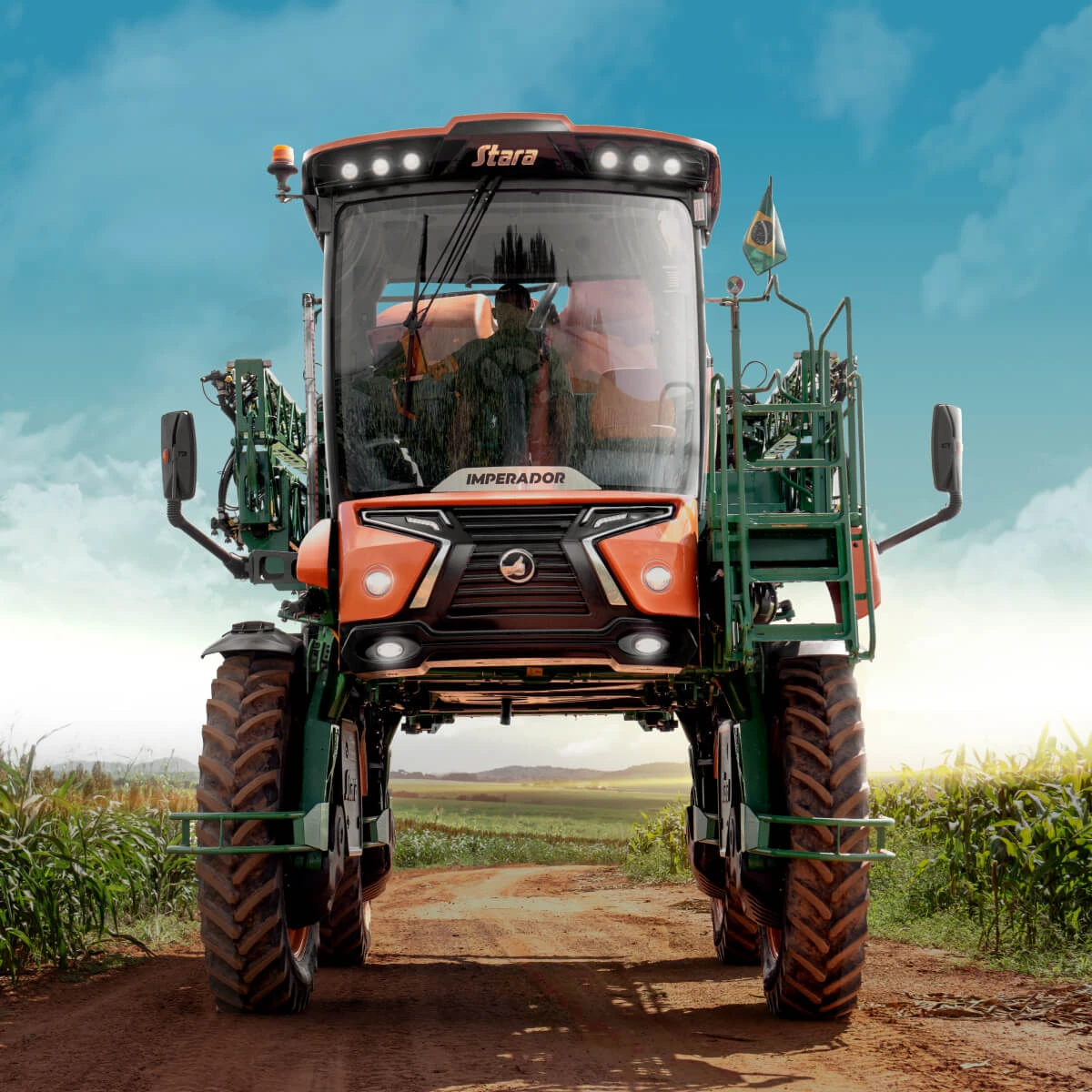
Hints and content
Five challenges faced by the agricultural machine operator and how to overcome them in a daily basis
8
MIN
17 Oct 2025
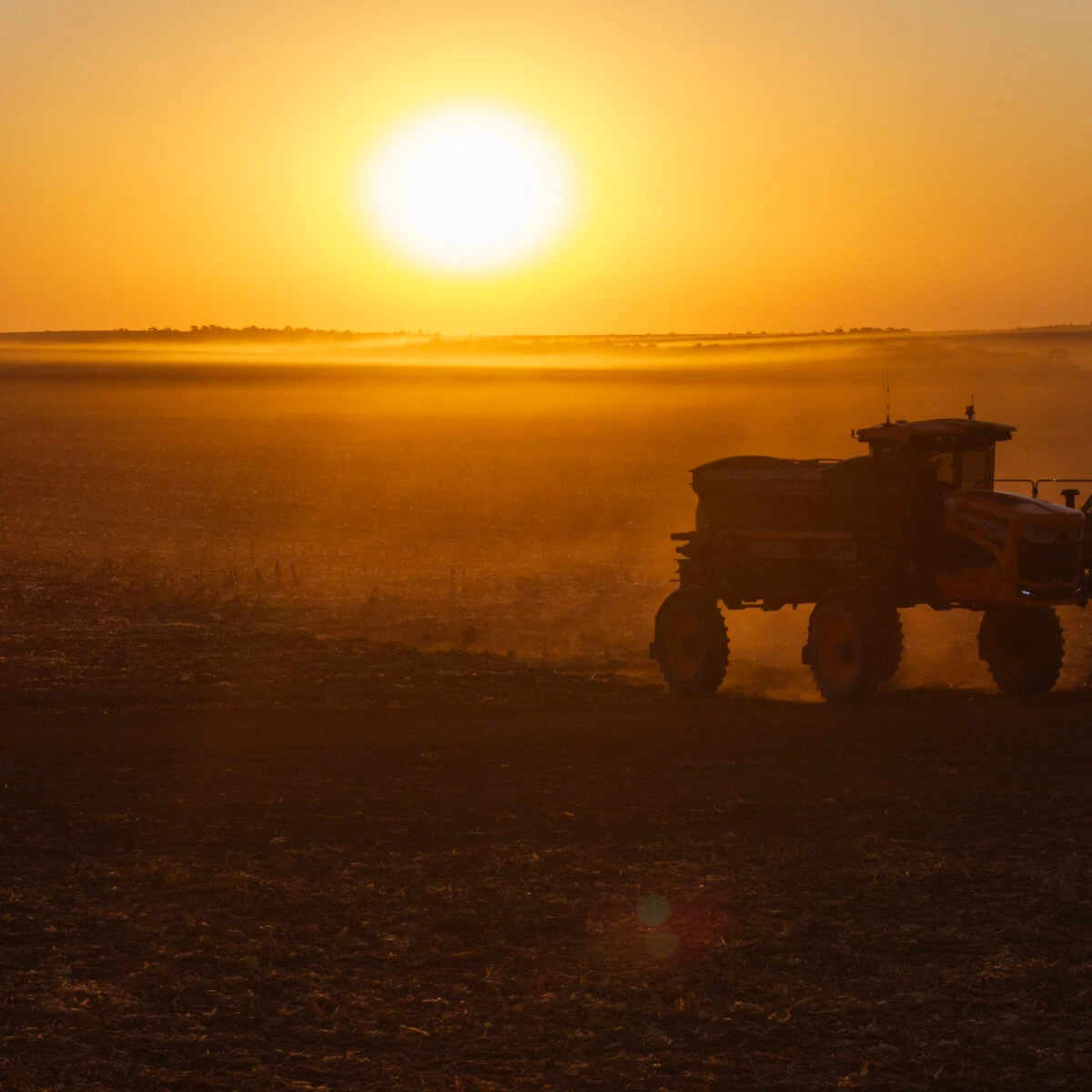
Hints and content
How to handle agricultural pieces of equipment safely?
8
MIN
10 Oct 2025
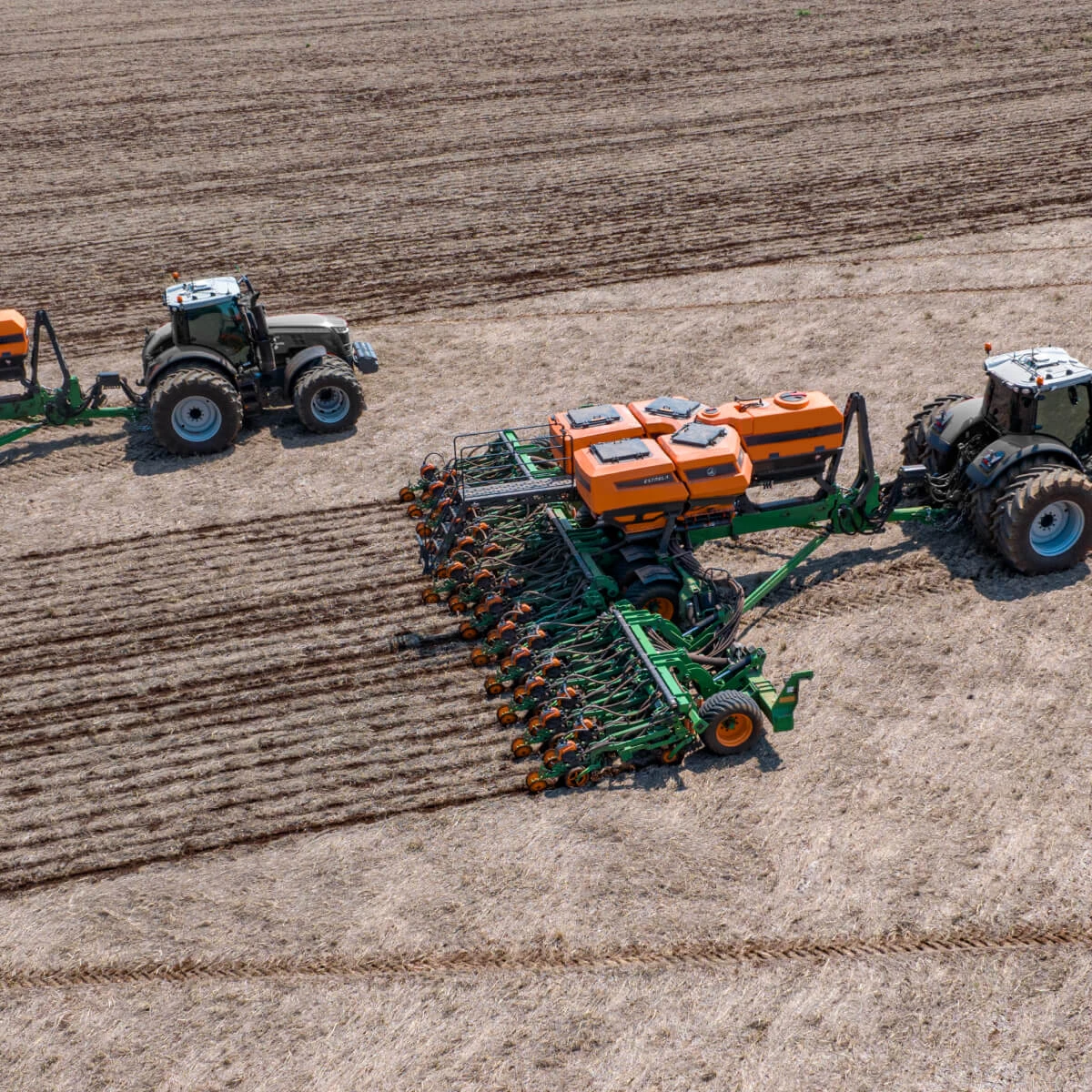
Hints and content
Soybeans planting: choosing the planter discs really impacts on the result?
7
MIN
02 Oct 2025
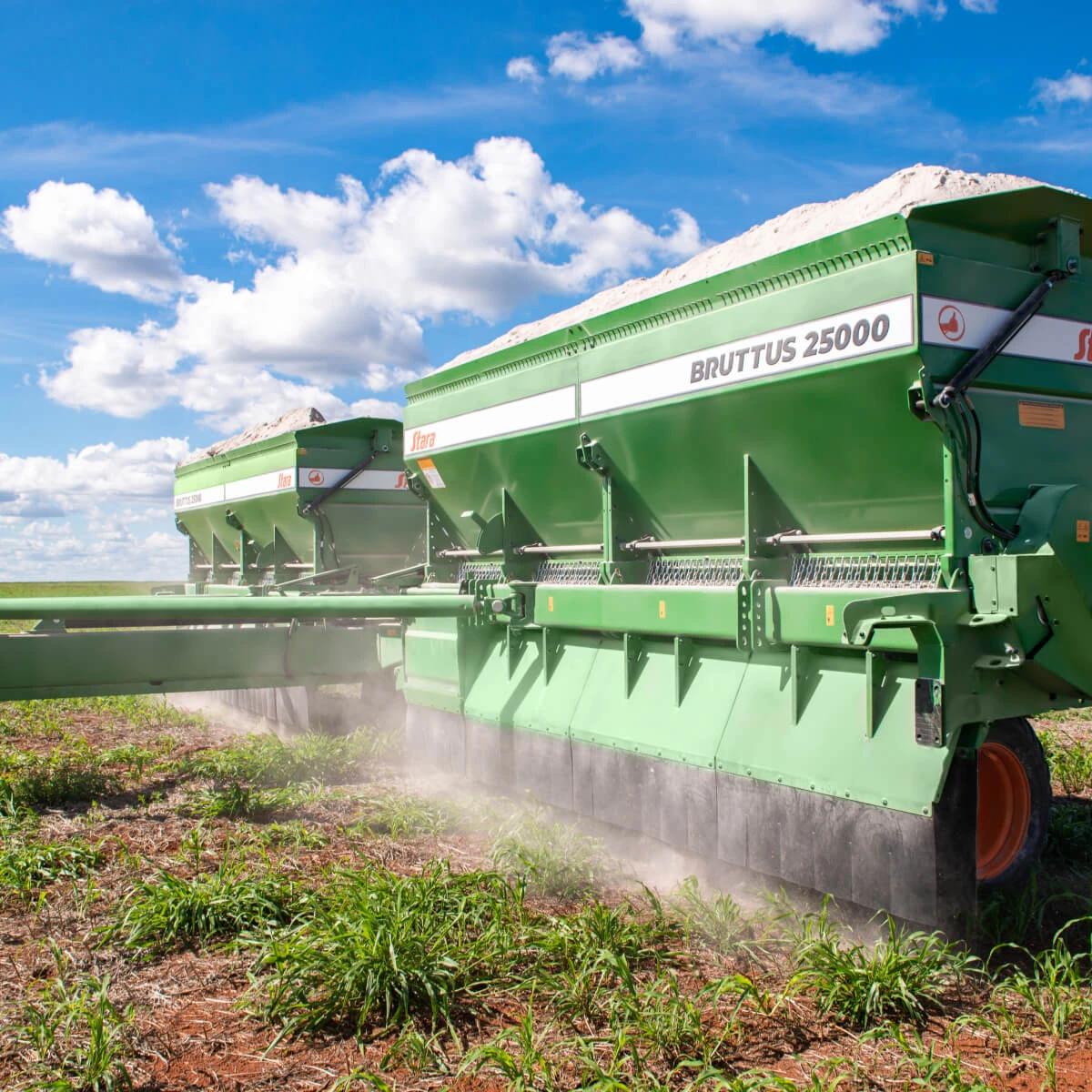
Hints and content
How to avoid input application waste by using a lime spreader
7
MIN
01 Oct 2025
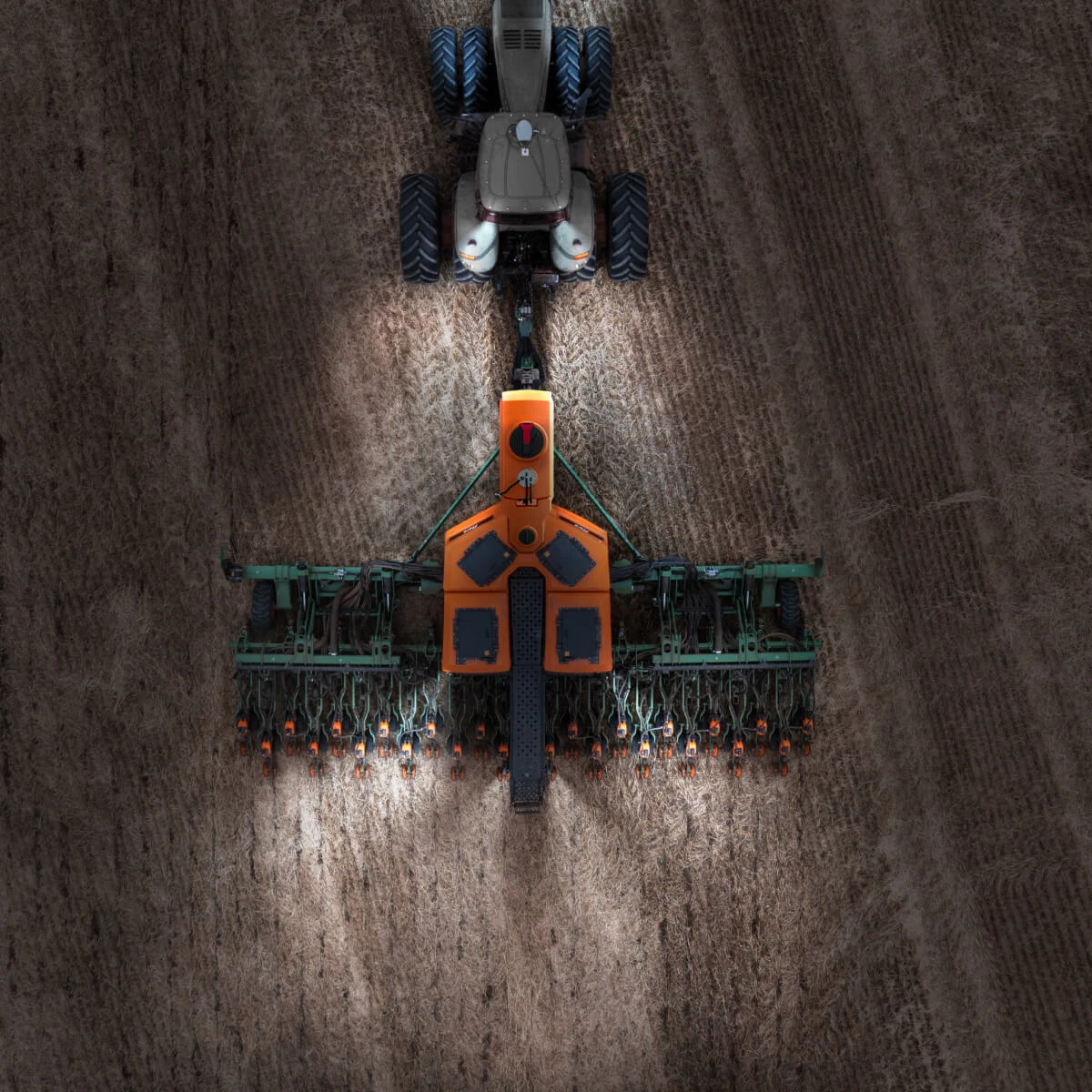
Hints and content
Six mistakes that impair the planter adjustment (and how to avoid them)
7
MIN
26 Sep 2025
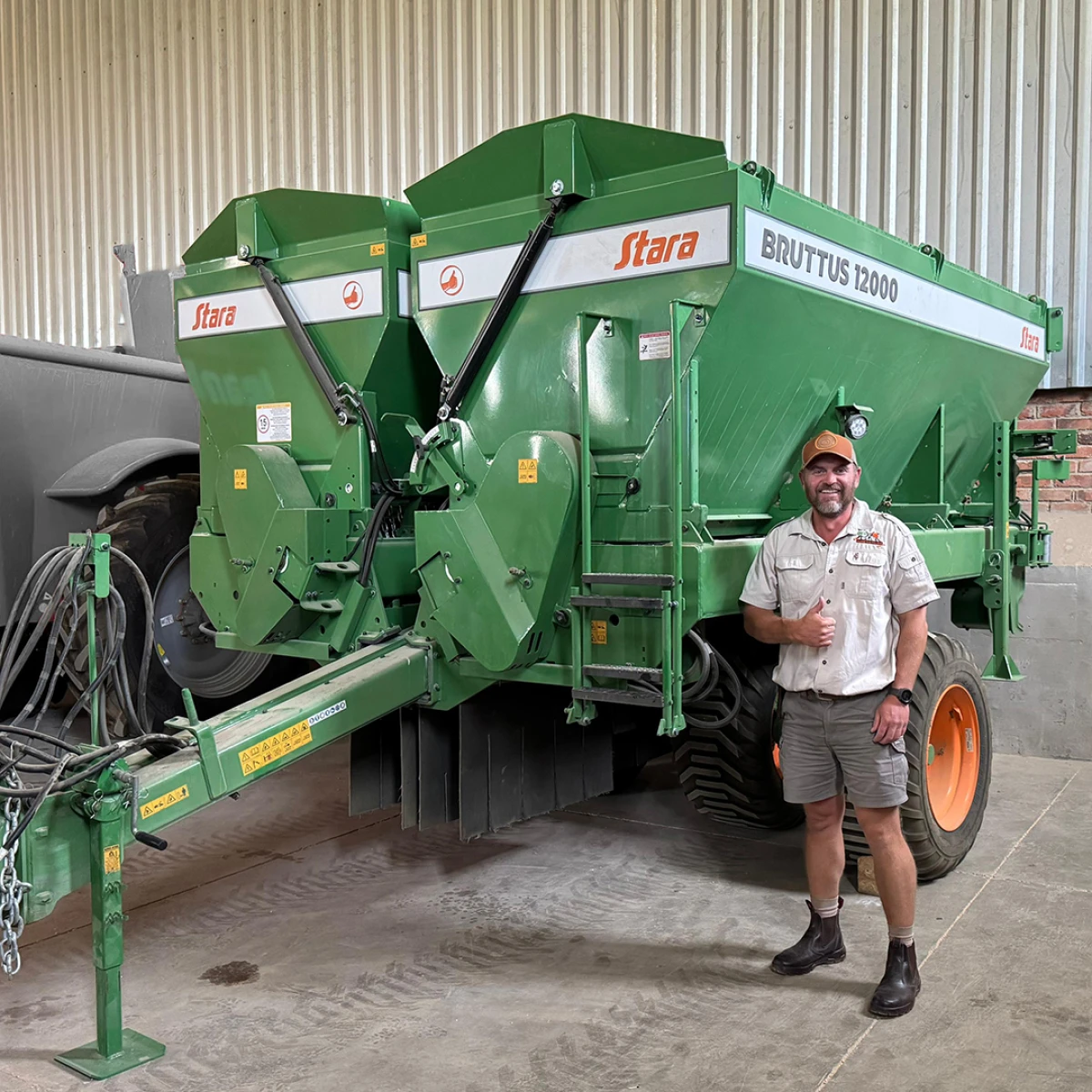
Agricultural shows and Events
Corporate
Stara: excellence without borders
4
MIN
09 Sep 2025
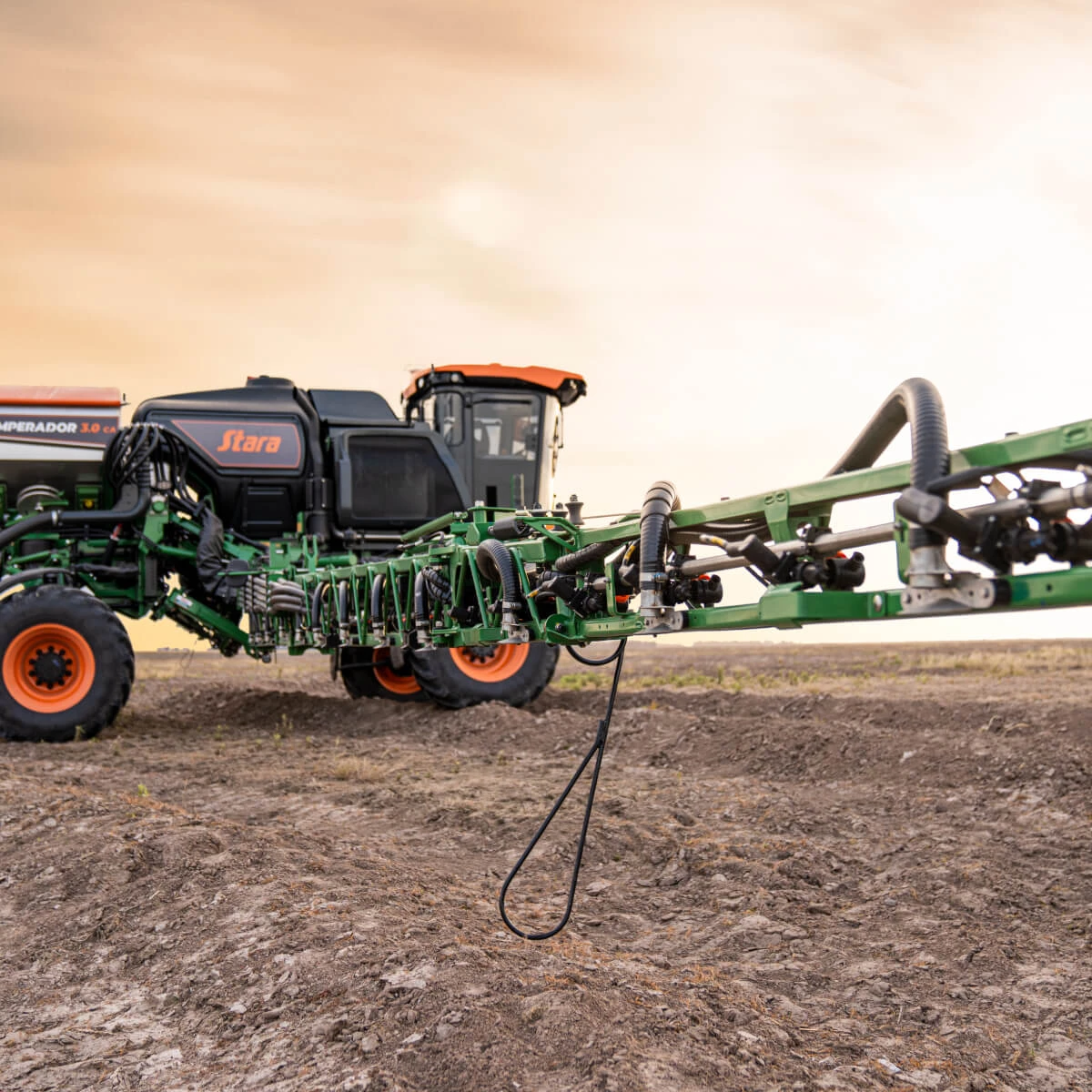
Hints and content
How to avoid drift in agricultural spraying by using a self-propelled machine?
7
MIN
05 Sep 2025
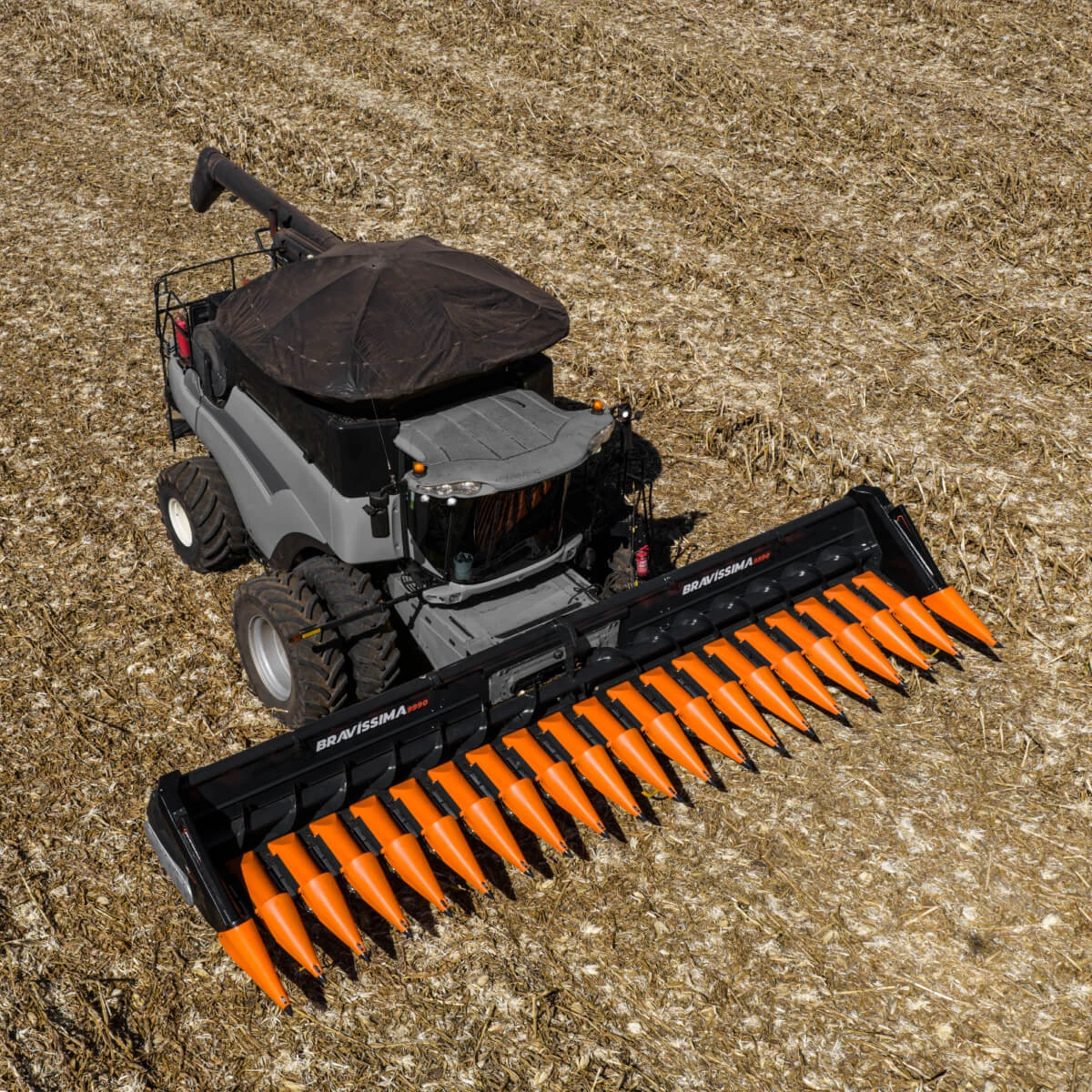
Products
Bravíssima: meet the new Stara corn head
8
MIN
30 Aug 2025
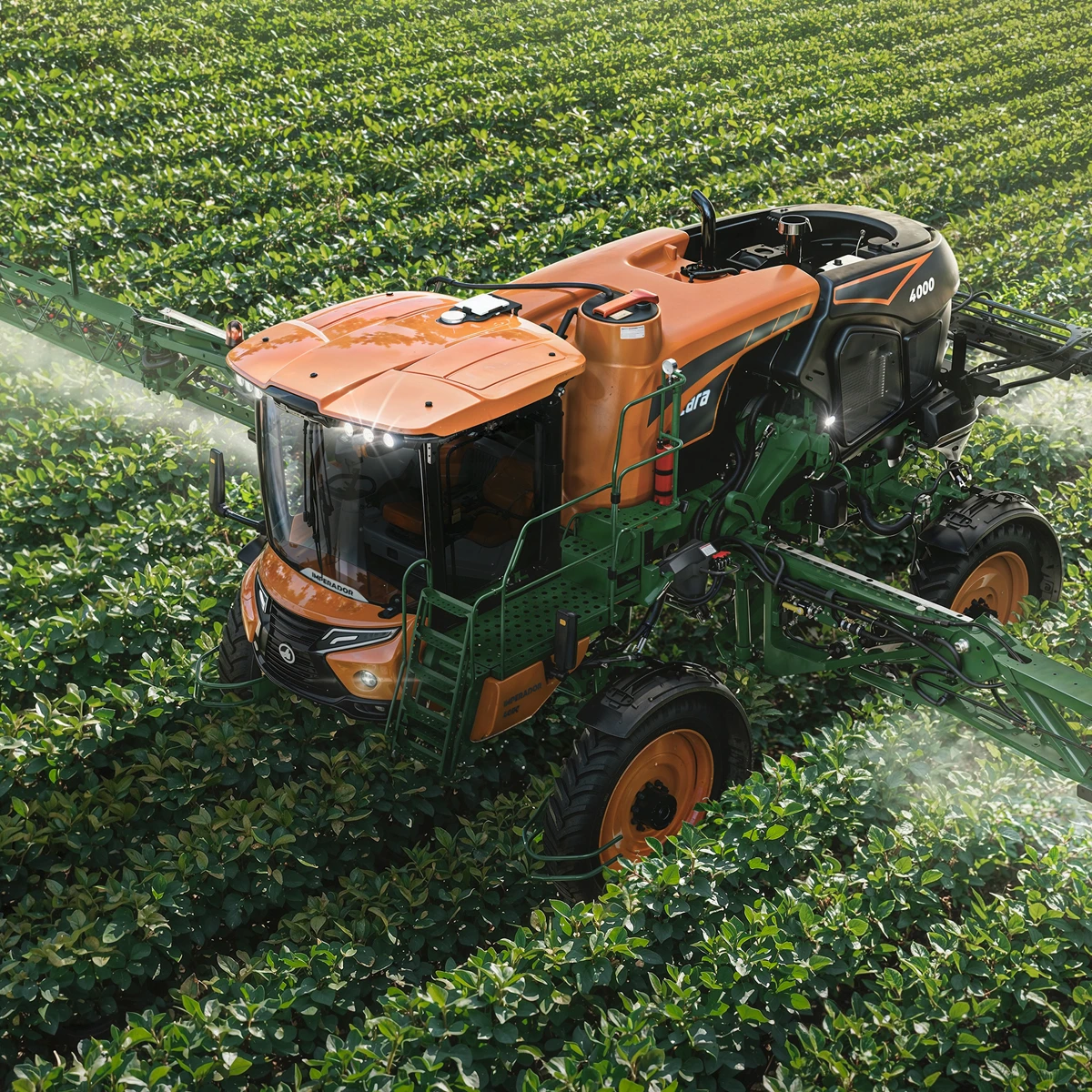
Corporate
Stara expands farming connectivity in Brazil with Starlink’s reliable high-speed internet
5
MIN
29 Aug 2025







